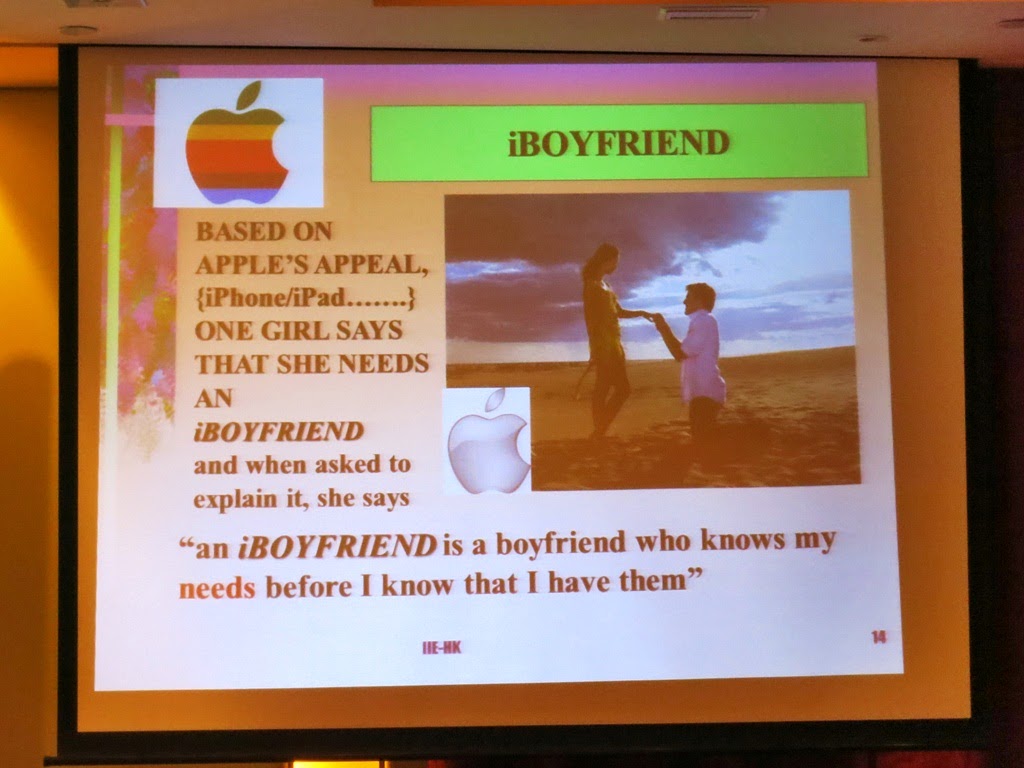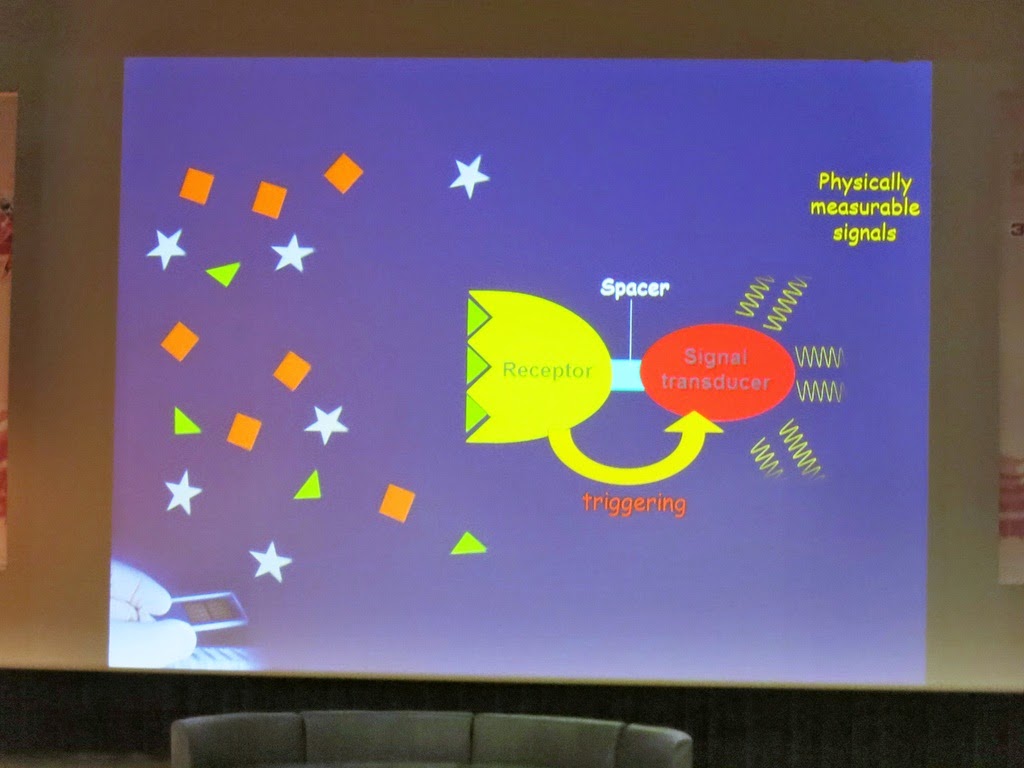Mr. Bill Troy shared his five key questions about strategy as August topic of ASQ Influence Voices entitled “Charting A Strategy For Quality – And Beyond”. He would like us to share our strategy in organization, business, professional association or even in our personal life. The photo of Troy’s article was a man in front of Maze and it seems to find the road to the other side. I used a photo which a leader with his people on the top of Transmutation Circle (練成陣) to go to another space.
I would like to use Motorola’s 6 Step to Six Sigma in 1987 (Not GE’s DMAIC) to discuss our Quality Strategy in Hong Kong Society for Quality (HKSQ) when I was chairman in 2010 below.
Step 1: Understand your product and service.
HKSQ is a quality professional association and our products / services included Training Courses, Seminars, Symposiums / Conferences, Technology Visits, Study Missions and Student Project Competition. Through our service, we promoted quality awareness to community in Hong Kong.
Step 2: Identify who is your customer.
Our customers were identified as quality professionals, university students in related subjects, any person interested in the topic of quality and companies with quality commitment.
Step 3: Understand your necessary things to achieve your work.
That means necessary resource in HKSQ to provide such products / services including Human Resource, Materials, Venues, etc. HKSQ is a “Lean Society”. We haven’t full time staff and have only voluntary exco members. Our venues usually use University and rental cost is under non-profit organization rate and sometimes is waived for co-organized events. We haven’t office address and all are virtual things (website) but use a mail box service from Post Office. Even though the resource is limited, we still receive a very low membership fee (Only HK$250 per year).
Step 4: Understand how to do it right. Committee members are response to their own profession activities such as Seminar, Training and Visit activities. We all follow HKSQ Administrative Handbook to make sure to do those activities right.
Step 5: Think how to do it better. Before provision of services, we would think how to do it better than the previous time including timing, schedule, venue and transportation. After that this activity (e.g. technology visit or student project competition) arrangement will be our standard operation procedure.
Step 6: Think how to evaluate how well your work done.
After each activity, we would send questionnaire to collect participants’ feedback. Then we analyze it for continuous improvement.
In every year, we will hold HKSQ strategy meeting to identify the theme and related activities to be launched in the coming year. When I was chairman in 2010, I led the theme on “Testing and Certification Era” and many activities were related or co-operated to this direction (See reference). In this year, our theme is “Quality and Innovation Today, Success Tomorrow”.
Reference:
A View from the Q - http://asq.org/blog/
HKCTC Report Summary (Testing & Certification) -http://qualityalchemist.blogspot.hk/2010/04/hkctc-report-summary-testing.html
HKSQ’s suggestions to the testing and certification industry posted at http://www.hksq.org/HKSQ_Suggestion_to_HKCTC_20100112.pdf
















































 1. Replicator 2X (Makerbot)
1. Replicator 2X (Makerbot)
